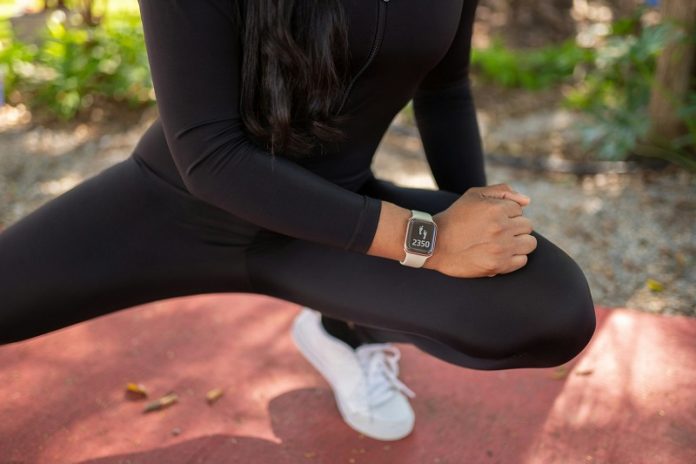
Researchers at the Ningbo Institute of Materials Technology and Engineering (NIMTE), part of the Chinese Academy of Sciences, have developed a new type of soft, flexible material called a “high-dielectric-constant elastomer.”
This material promises to improve the performance of smart wearables, such as health-monitoring devices, by making them more reliable and energy-efficient.
Led by Prof. Hu Benlin, the team created an elastomer with a high dielectric constant, meaning it can store more electric charge, while keeping its dielectric loss low, which minimizes energy loss.
This makes the material respond quickly and function reliably, ideal for wearable devices that need to handle frequent bending and stretching without losing performance.
Their findings were published in Advanced Materials.
In previous research, Prof. Hu’s team used a technique called “slight crosslinking” to connect soft, long-chain molecules within a special ferroelectric polymer.
This approach allowed them to make a highly flexible material with a high dielectric constant of up to 35.4 at 1 kHz (or 54.2 at 100 Hz), combining elasticity and electrical properties in a balanced way.
However, this method had a downside: the material lost energy when exposed to changing electric fields.
This energy loss, known as dielectric loss, happened because the long-chain molecules in the material moved too freely, causing it to dissipate energy instead of storing it efficiently.
To solve this issue, the NIMTE researchers tried a new approach.
They used a rigid, short-chain molecule as a crosslinker within the elastomer, combining it with a specific ferroelectric polymer called P(VDF-TrFE-CFE).
This updated structure maintained a high dielectric constant of around 35 at 1 kHz while reducing dielectric loss to just about 0.09—over 70% less than before.
Beyond its electrical properties, the new material also performed well mechanically. It can return to its original shape (an elastic recovery ratio) over 70% of the time, even after being stretched by 60%.
When stretched by up to 80%, the material continued to show stable electric responses, confirming its durability for demanding wearable applications.
This new elastomer could play a vital role in the future of wearable technology, offering improved performance in applications like sensors, actuators, data processing, and even energy storage.
By lowering energy loss in high-dielectric elastomers, Prof. Hu’s team has opened the door for more efficient, responsive, and long-lasting smart wearable devices.



